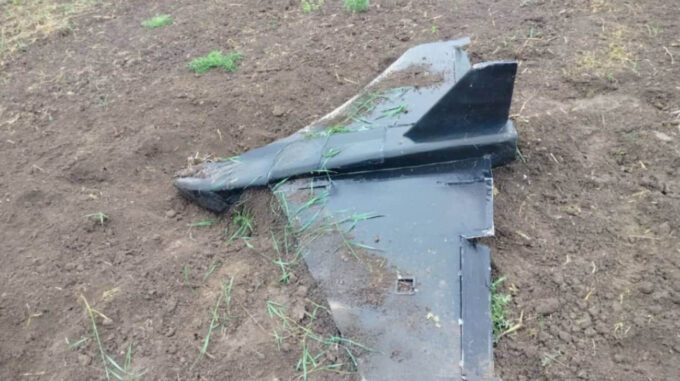On the night of June 12, Russian occupiers carried out a large-scale air attack on Ukrainian territory, employing an unprecedented front of 63 unmanned aerial vehicles, mostly of the Shahed type

This was one of the largest and most intense attacks in recent times, posing a serious challenge to Ukraine’s air defense system. According to the Ukrainian Air Force command, during this nighttime attack, Ukrainian forces actively opposed the threat and managed to neutralize 49 out of 63 enemy drones — mainly using modern air defense systems, which successfully shot down 28 “Shaheds” and disabled another 21 drones through electronic warfare, suppressing their signals with EW jamming. This demonstrates a high level of training among Ukrainian defenders and effective operation of defense systems under complex conditions of night attacks. The attack began in the evening, around 10:00 PM on June 11, and continued throughout the night. During this short but intense period, the enemy attempted to strike key targets in the northern, eastern, and southern regions of Ukraine from directions: Kursk, Orel, Millerovo, Primorsko-Akhtarsk — specifically from Russian Federation territories and occupied areas of Crimea. The main goal of the Russian strikes was to exploit the vulnerabilities and fragility of Ukrainian infrastructure in those regions. In some cases, Russian drones reached their targets and inflicted strikes at seven locations, confirmed by several hits and debris falls within the damaged objects, including buildings, energy infrastructure, and military facilities in the south, east, and north of the country. This indicates that enemy debris was recorded in various regions, and among the wreckage, significant damage to infrastructural objects can be observed. As of the morning of June 12, Ukrainian air defense systems had recorded and destroyed 49 drones of various types and modifications. Among them, 28 drones were shot down using ground-based interception tools such as missile and gun-based systems, while the rest were suppressed or destroyed through electronic warfare, helping to reduce the intensity of the attack and prevent even greater destruction of infrastructure. Russian drones have already become a familiar phenomenon in Ukraine’s airspace, but such a large-scale attack demonstrates that the enemy is striving to attack from all possible directions, employing modern weaponry. Despite efforts by the Ukrainian army and the halo of praise for the effectiveness of air defense, the enemy continues to seek vulnerabilities and deliver strikes as quickly and massively as possible. Overall, the night from June 11 to 12 confirmed an important fact — Ukrainian forces are capable of resisting large-scale air raids and neutralizing the majority of the enemy’s drones. At the same time, this night raised many questions about future security and the preparedness of energy and transportation facilities for potential new attacks, as the enemy continues to use armed tactics to destabilize the situation in the country and increase the cost of their military successes.

